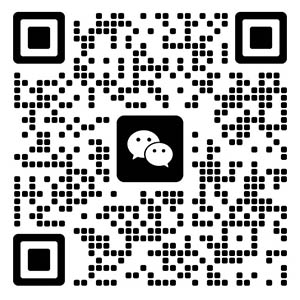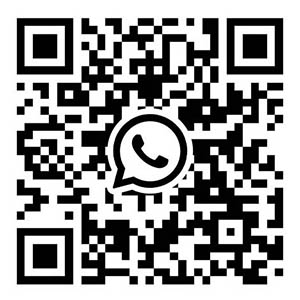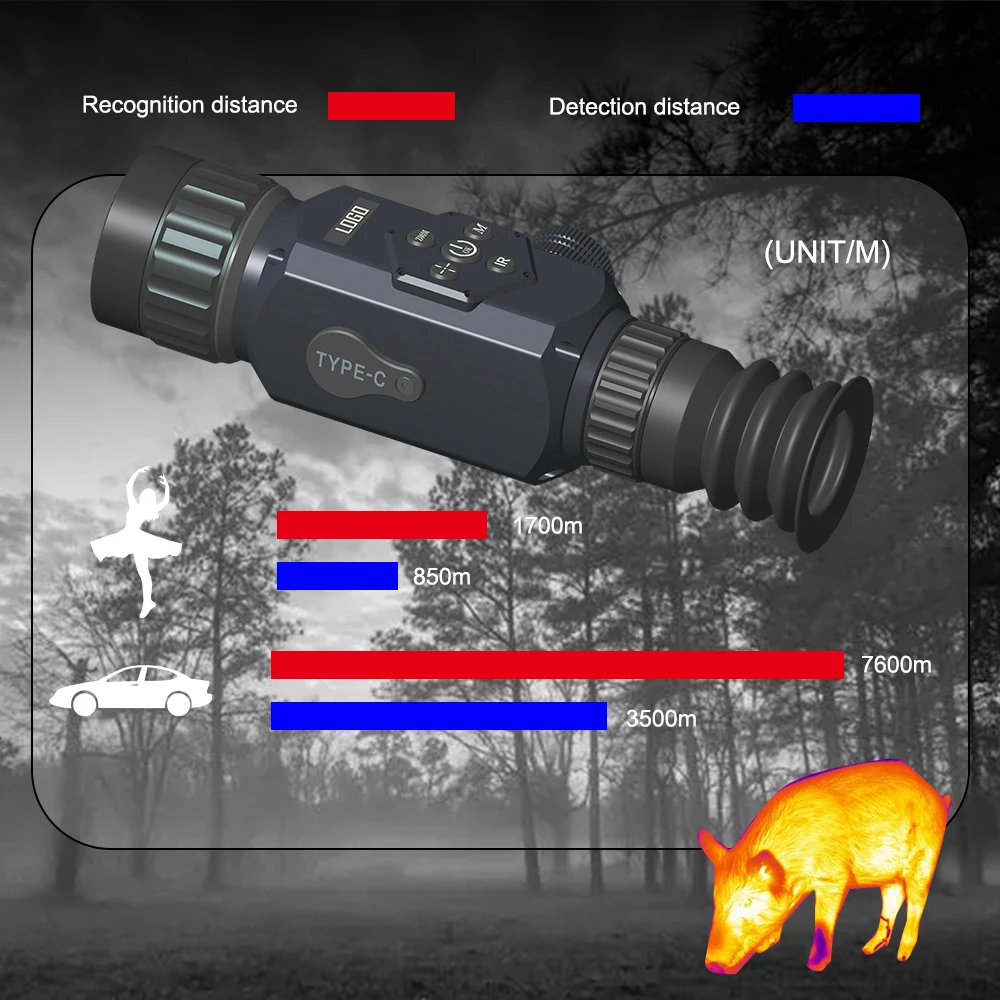Infrared night vision devices come in many varieties, but they are all basically composed of an optical system, an image tube or low-light tube, a power supply and power system. Of course, active infrared night vision devices also need to be equipped with infrared searchlights, and the image tube or low-light tube is the “heart” of the night vision device. The image converter tube can convert the invisible infrared image into a visible image, while the low-light tube can amplify the weak light by tens of thousands or even hundreds of thousands of times, making it perceptible to the human eye.
Infrared night vision devices are afraid of strong light, because both the variable image tube and the low-light tube are afraid of strong light. Taking the video tube as an example, when infrared light is irradiated on the photocathode of the video tube, the photocathode will emit electrons, and under the action of the high-voltage field (16-21kV) and the electron lens, the electrons are accelerated to the fluorescent screen, thereby displaying the visible target image. The stronger the light signal received by the video tube, the more electrons emitted, and the stronger the light signal emitted by the fluorescent screen, the brighter the image. They are basically proportional.
However, if the external light is too strong, the electrons emitted by the photocathode will not increase to a certain extent, that is, saturation will occur, and the target cannot be seen clearly. If suddenly exposed to too strong light, the photocathode of the tube may be burned, and then it cannot emit electrons, naturally nothing can be seen. Although infrared night vision devices have taken some anti-glare measures, the effect is limited, so they must be operated strictly according to the regulations. When encountering strong light or calibrating targets during the day, you should wear the eyepiece cover or turn off the power switch. Proper use of infrared night vision devices can extend their service life, avoid unnecessary damage, and thus play the role of infrared night vision devices.
Instructions for using night vision devices:
- Night vision devices are precision optoelectronic instruments for observing targets in low-light environments at night. In order to work in extremely low light conditions, night vision devices are equipped with infrared emitters.
- During the day, the night vision device cannot be turned on without a protective cover. When checking the performance of the night vision device in a lit room, it should be done with the lens cover on the night vision device, and should not exceed 3 minutes. Night vision devices should also not be exposed to strong light sources, as strong light may enter the night vision device and damage it or shorten the service life of the night vision device. When viewing the night vision device with the lens cover on, strong flashes should also be avoided. When strong light enters the night vision device, its visibility will be reduced or even disappear. In this case, the night vision device should be immediately moved away from the strong light source. After 1-2 minutes, the night vision function will be restored. Extremely strong light sources can damage the night vision device (such as continuous exposure for 10 seconds during the day).
- Night vision devices allow strong flashes and flickering to appear within 1 minute. The light spots observed in the field of view are not defects of the night vision device, but are caused by the flickering of external light sources. When the night vision device is working in the standard way, there will be no light spots, and the presence of a small number of black spots and bright spots in the field of view is not a quality defect, but meets the quality standards of the night vision device. Night vision devices cannot be turned on without a protective cover during the day.
- If the night vision device is stored in a cold room or transported in winter, it should be placed in a warm room for 5 hours before reuse.
- Night vision devices are suitable for use in environments with temperatures between -30 degrees and 30 degrees, relative humidity below 93% at 25 degrees, and ambient illumination of 5.10ˉ lux or less.
-
Night vision device operating time:
- When the temperature is above 0 degrees, do not turn on the infrared illuminator, the operating time is 20 hours
- When the temperature is -30 degrees, the operating time is 3.5 hours
- When the temperature is -30 degrees, the operating time is 2 hours
-
When using a night vision device at temperatures below 10 degrees, the battery should be placed in a warm place (such as a chest pocket) before starting.
- Night vision devices should be stored in a clean place, avoiding heavy pressure, mechanical damage, humidity, and exposure to sunlight.



